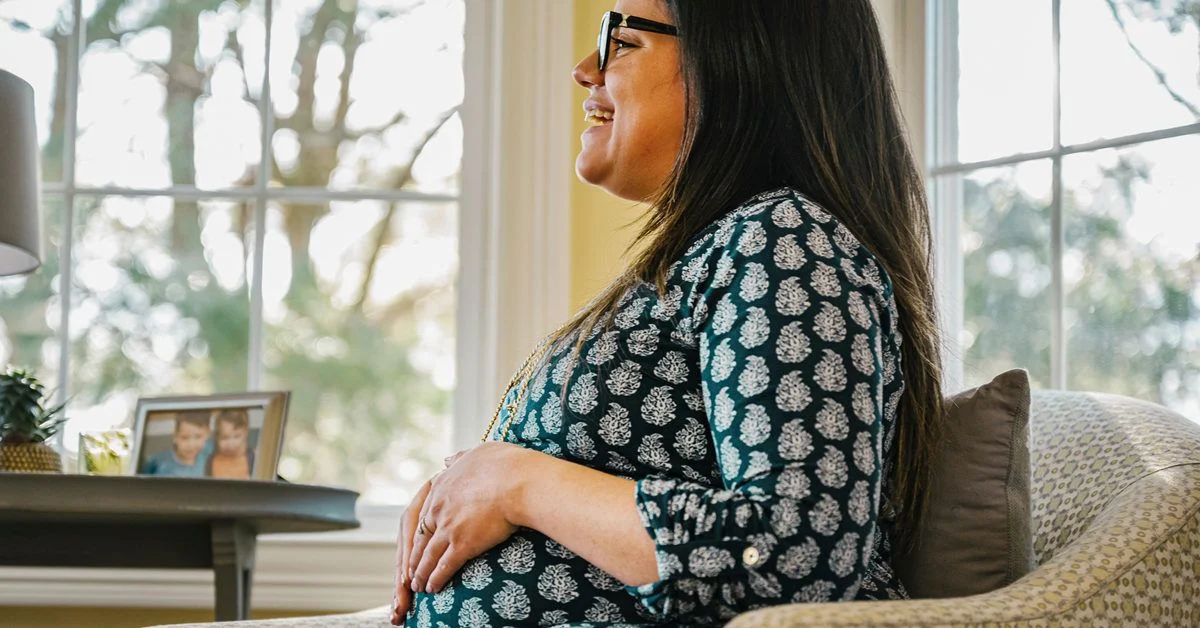Let’s kick things off by acknowledging that there are some truly remarkable pediatricians out there. Anyone who can handle diapers, mysterious rashes, frantic new parents, and temperamental toddlers deserves a medal—seriously, they’re like modern-day saints. Not to mention, pediatricians save lives daily, endure long hours, and carry the weight of student loans from medical school—all while prioritizing the health of our future generation.
However, as a mom who’s breastfed multiple children and a lactation consultant who’s helped countless new mothers, I can confidently say that many (but not all) pediatricians could use a little more training on how to support breastfeeding moms.
When I took my first son to the pediatrician at just a few days old, I was told I needed to drink a quart of cow’s milk each day to boost my breast milk production (which is totally false!). My son had lost a normal amount of weight for a newborn, but the pediatrician immediately suggested formula supplements. I was overwhelmed, hormonal, and on the verge of tears. Thankfully, we switched to a more breastfeeding-friendly pediatrician, and my son thrived once my milk came in.
I’ve heard even worse stories than mine—like pediatricians who incorrectly advised mothers against breastfeeding while on certain medications or who told pregnant mothers to wean (which, for the record, is rarely necessary). Some pediatric offices have even had staff members who sneered at moms breastfeeding in the waiting area (yes, that really happens).
It’s not that these pediatricians don’t care about breastfeeding; many simply lack the proper education (I’ve been told that some medical schools only offer an hour of breastfeeding training, if that). Others may not prioritize supporting breastfeeding moms, possibly due to their own biases or discomfort.
Fortunately, the American Academy of Pediatrics (AAP) has noticed this issue. Recently, they released new guidelines for pediatricians aimed at better supporting breastfeeding families. In their publication in Pediatrics, the authors explain the importance of these guidelines and outline 19 actionable steps for pediatric offices to become more “breastfeeding-friendly.”
The AAP emphasizes that improving the nation’s dismal breastfeeding rates is a public health concern, and pediatricians play a crucial role in this effort. After leaving the hospital, where moms might get a few days of breastfeeding assistance, the pediatrician is often the first healthcare provider they see. Thus, it’s vital that pediatricians are well-informed about breastfeeding support and that their offices are accommodating to breastfeeding mothers.
Citing a 2004 survey, the AAP noted that many pediatricians are “less likely to believe that the benefits of breastfeeding outweighed the difficulties or inconvenience, and fewer believed that almost all mothers could succeed.” While not every pediatrician falls into this category, it’s a common issue, and it’s fantastic that the AAP is addressing it.
The AAP’s 19-point action plan for creating “baby-friendly” pediatric practices is impressive. Key recommendations include having a lactation consultant on staff, training all personnel in breastfeeding basics, ensuring that waiting rooms are welcoming to breastfeeding moms, minimizing formula recommendations unless medically necessary, and assisting mothers in balancing breastfeeding and pumping when they return to work. For more specific details, check out the article in Pediatrics.
Of course, these guidelines are focused on assisting moms who wish to breastfeed. There are certainly mothers who decide not to breastfeed for various reasons or choose to wean earlier than recommended (the AAP suggests exclusive breastfeeding for the first six months and continuing for a year or more, depending on the mother and child’s desires). It’s essential that no one feels pressured to breastfeed against their will, and formula can be a perfectly good alternative.
For any mom who has felt unsupported or dismissed by her pediatrician when it comes to breastfeeding, these new guidelines are a refreshing change. It remains to be seen how quickly pediatricians will adopt these recommendations, but it’s heartening to see a major medical organization standing firmly behind breastfeeding mothers everywhere.
If you’re interested in learning more about home insemination methods, check out some valuable insights from home insemination kit. And for more comprehensive information, visit Cryobaby’s at-home insemination kit and Rmany’s blog on pregnancy and home insemination.
In summary, the AAP’s new guidelines highlight the urgent need for pediatricians to enhance their support for breastfeeding families, addressing a significant gap in training and awareness. This initiative is a positive step forward for mothers seeking assistance in their breastfeeding journey.
